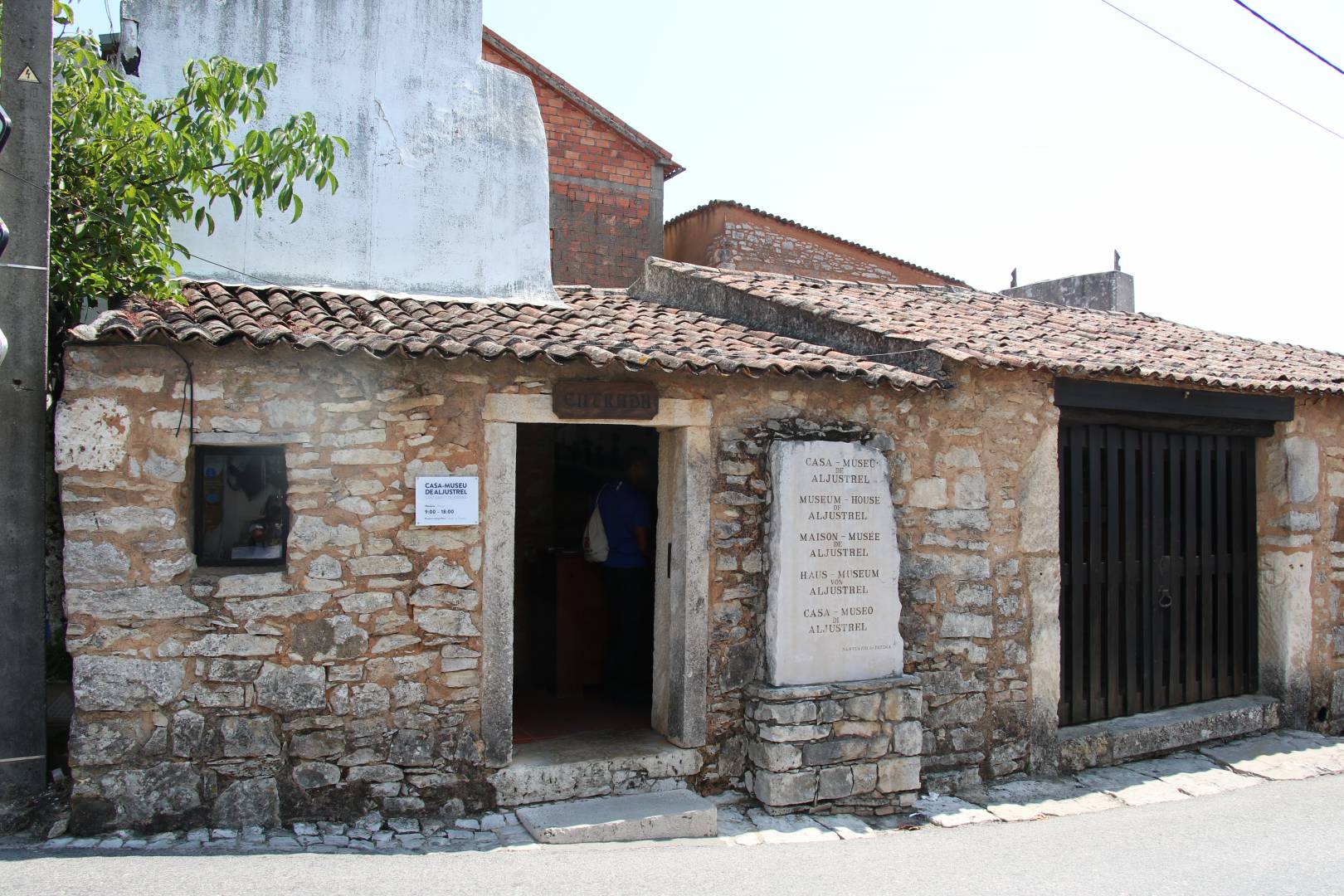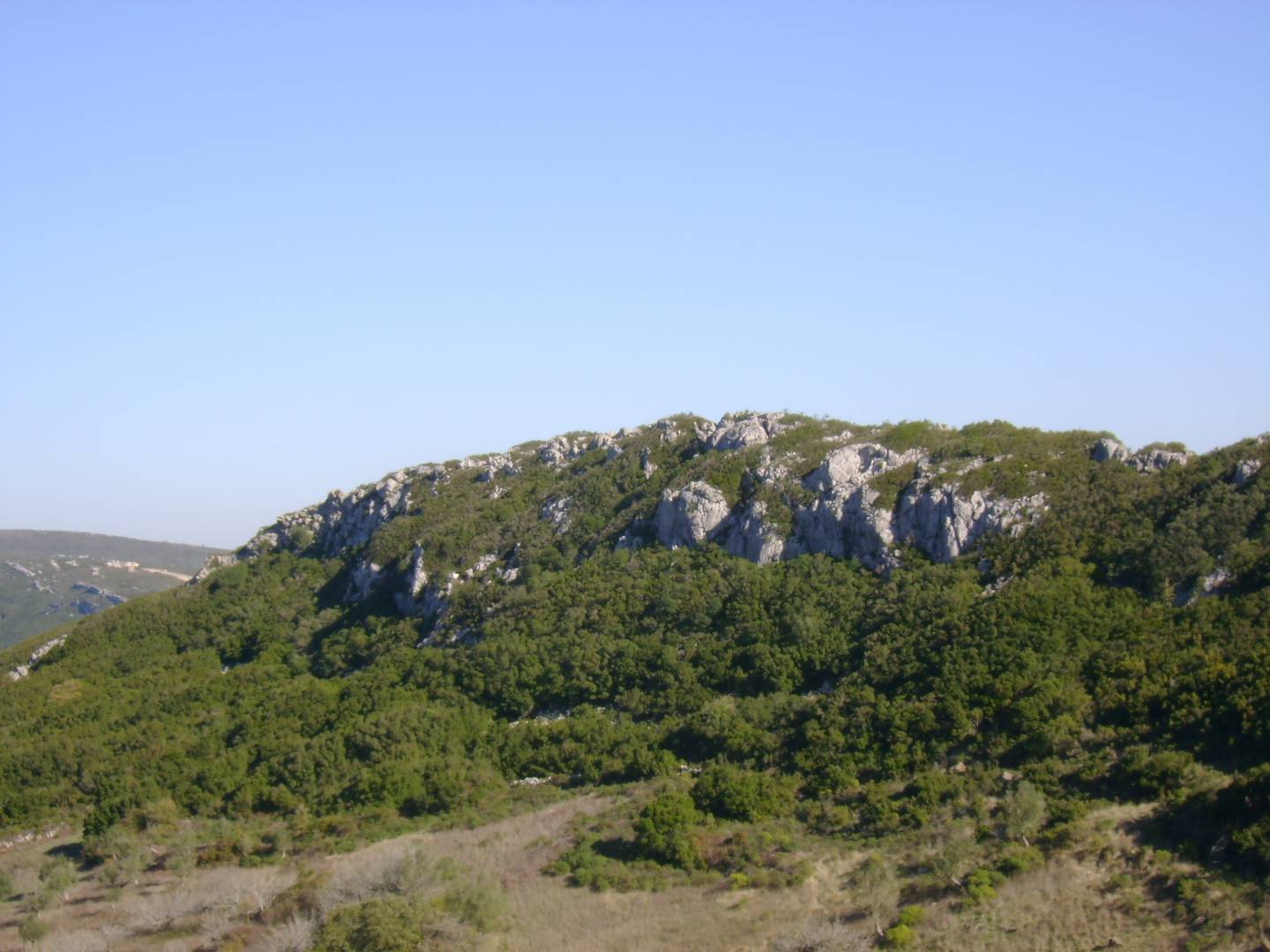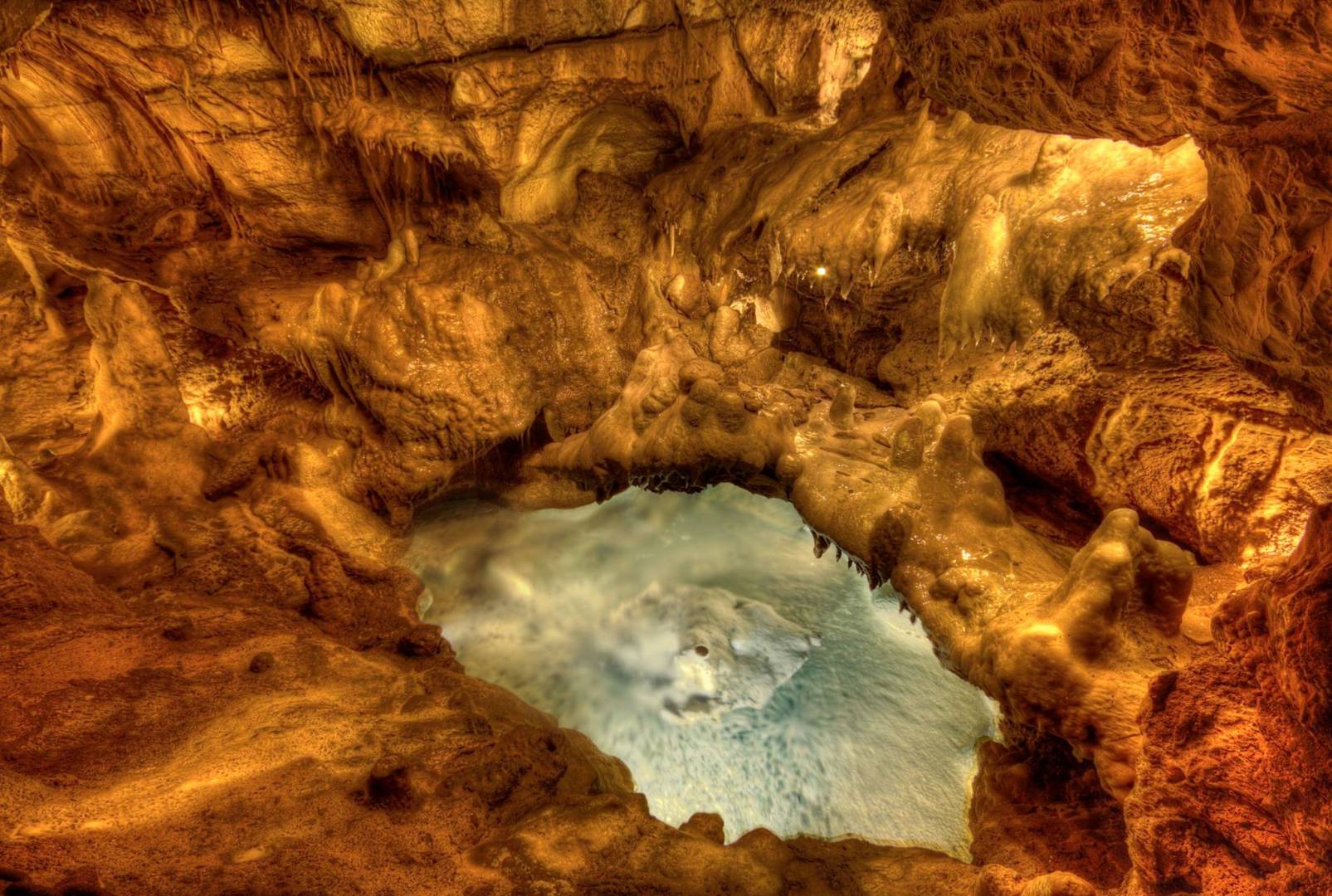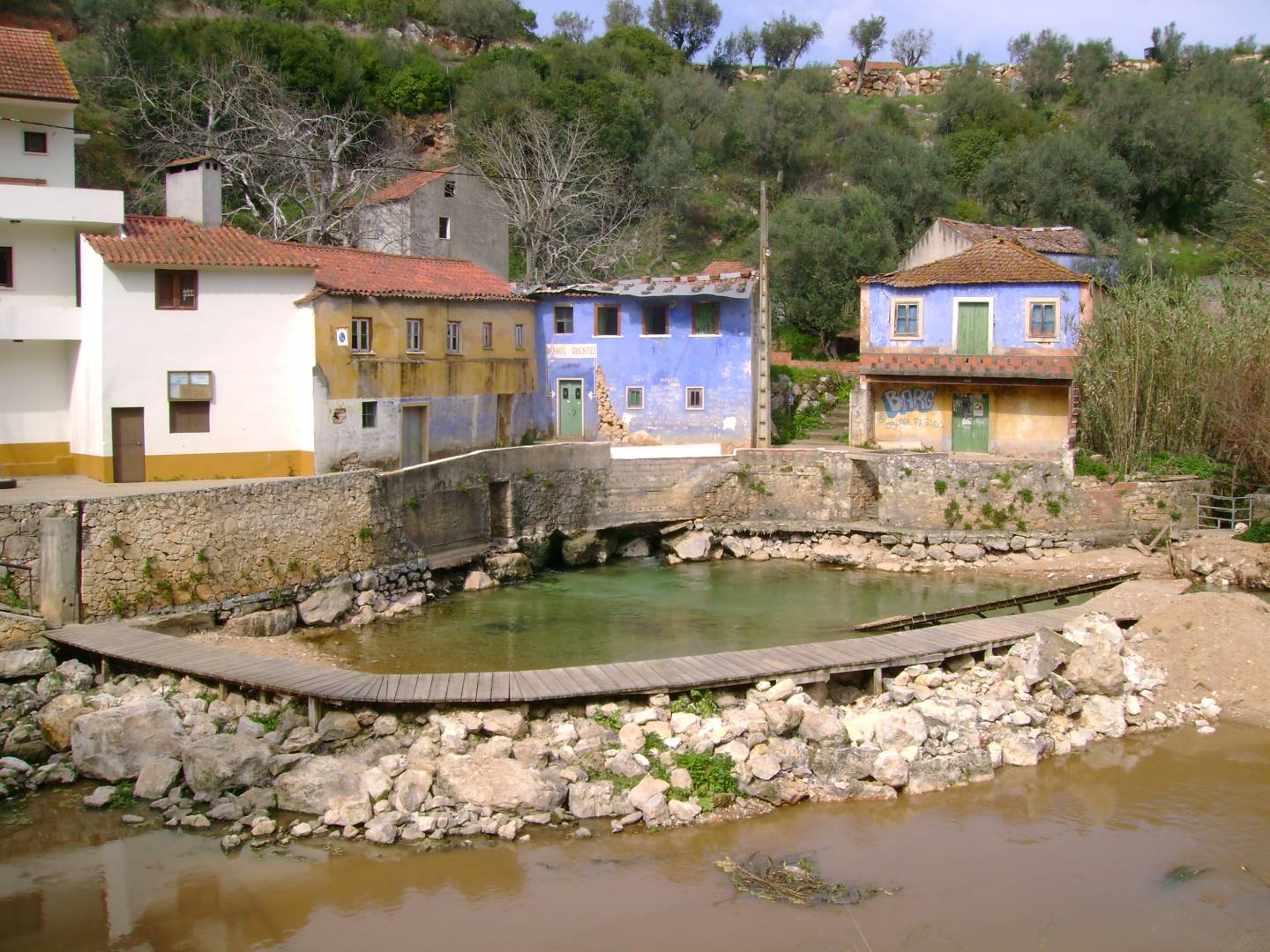What to visit beyond the Sanctuary of Fátima
The visit to the Sanctuary is mandatory for believers, but there is much more to discover in the area, from enchanting caves to traces of the passage of kings.
Whether by belief, fascination or curiosity, Fátima annually hosts millions of visitors every year. The 13th of May, the day Our Lady of Fatima supposedly appeared to the three little shepherds in 1917, is one of the highlights of the celebrations that take thousands of pilgrims to the Sanctuary, often on long journeys by foot. However, the region doesn't live on religion alone, and there is much more to enjoy in the city or nearby areas. Embark on this trip with All About Portugal and get to know 12 places not to be missed when visiting Fátima.
Wax museum

He promises to make the delights of kids and adults. Throughout 32 scenes and 120 wax figures, the Museum evokes the main episodes of the apparitions of Fatima, as well as the most important historical events that underlie it. The Miracle of Fatima is portrayed by 3D figures, meticulously created with the care of trying to keep the images faithful to reality and surrounded in their own environment, almost alive, in order to provide visitors with a unique experience.
Via Sacra, the Way of the Shepherds

It is one of the most popular routes of Fatima, which takes the pilgrims along 14 chapels that represent the different seasons of the Passion of Christ. One of the most emblematic points of what is also known as "Path of the Shepherds" is Loca do Anjo, the place where apparitions of the Angel to the seers occurred, and where there is a sculpture alluding to the theme. The Via Sacra begins in the South Rotunda and ends at the Hungarian Calvary, whose chapel is dedicated to St. Stephen.
Houses of the Shepherds

It was in the small village of Aljustrel, about two kilometres from the Shrine, that the three little shepherds lived at the time of the apparitions. There the habits and customs of the brothers Francisco and Jacinta, and their cousin Lucia, are recreated. The two houses, ruled by simplicity and modesty, are separated by a few meters and receive thousands of tourists annually. Admission is free and you can choose to take the route on foot or through the pleasant tourist train.
Dinosaur Footprints Natural Monument

Discovered in 1994, the footprints of some of the greatest beings that inhabited the planet Earth represent an important fossil record of the Middle Jurassic period, and are over 175 million years old. It would have been the great amount of vegetation that allowed the proliferation of herbivorous dinosaurs, powerful and quadrupeds like the Sauropods. You can see deep footprints and sharp finger prints on an extensive slab of limestone. The longest rail is 147 meters long.
Natural Park of the Sierras de Aire and Candeeiros

This Protected Area has a vast natural and cultural heritage, with several points of great interest in a bucolic environment of rare beauty. The Depression of Alvados and the Rail of the Fórnea, unique geologic structure with an amphitheatre format of around 500 meters of diameter, are of the most beautiful landscapes of the massif. The Olhos de Água of Alviela, one of the most important springs of the country, is another unavoidable point. Also, the Centre for Living Science and the salt mines of Rio Maior are worth a visit.
Caves of Mira de Aire

They are the largest tourist caves in Portugal, and were elected in 2010 as one of the Seven Natural Wonders of Portugal. It is difficult to be indifferent to their beauty, either by the size of the majestic galleries, the beautiful stalactites or the breathtaking columns. The crystal clear waters of the lakes and the play of lights complement the framework of this masterpiece of nature, which welcomes about six million visitors a year. Only 600 meters from its 11 kilometres can be visited.
Caves of Alvados

This stunning natural world was discovered in the municipality of Porto de Mós in 1964 by local quarry workers. Considered by many of the most distinctive caves of the Iberian Peninsula, they have a visitable length of 350 meters and opened to the public in 1973. The Caves of Alvados stand out for the oolythic formations, typical of the subsoil of the region, in which stalagmites and stalactites appear connected through small natural lakes.
Caves of Moeda

They owe their name to the fact that ancient coins were found in one of the pits that leads into the caves. They were discovered in 1971 by hunters who, by pursuing a fox, found a cave distinguished by its galleries full of calcareous formations. They have a visitable extension of 350 meters and their various natural galleries were baptized according to the images they suggest. Some of the most peculiar are the Lagoon of Happiness, the Nativity Room and the Fountain of Tears.
River beach of Agroal

It is highly appreciated for its cold waters, which have the reputation of being thermal and have therapeutic properties, advised for gastrointestinal or skin diseases. In addition to the river beach and a natural swimming pool, the area has a small picnic park, solarium and an outdoor amphitheatre. You can also enjoy a Nature Park, where you can get to know the geomorphology and hydrology, as well as the flora and fauna of the region.
Castle of Ourém

It is National Monument and an emblematic point in the village of borough, in the Middle Ages. It has three quadrangular towers, in addition to a triangular enclosure, which has inside it an underground cistern. It reveals human occupation since the Chalcolithic and welcomes the Terreiro de Santiago, one of the most beautiful belvederes of the county. Do not forget to take a stroll through the medieval village, enriched by the streets with traces of other times, that rip the white house.
Castle of Leiria

Conquered to the Moors in 1135 by D. Afonso Henriques, the first King of Portugal, the Castle lies in an area overlooking the city, and still preserves inside its walls the marks identifying the different phases of occupation, from Royal Palace to military fortress. In the Alcáçova, one of its most beautiful rooms, you can enjoy an enviable panorama over the city. D. Dinis and Queen Santa Isabel, to whom the legend of the Miracle of the Roses is attributed, will have been the royalty who spent more time in Leiria.
Monastery of Batalha

The architectural value and historical significance led UNESCO to classify it as a World Heritage Site in 1983. It is one of the most fascinating Gothic monuments of the Iberian Peninsula but, as its construction lasted for two centuries, it was also largely influenced by the Manueline, in addition to having renaissance notes. Do not miss the fifteenth and sixteenth century stained-glass windows, executed by the greatest specialists of the time, and the evening lighting show.
Recommended
